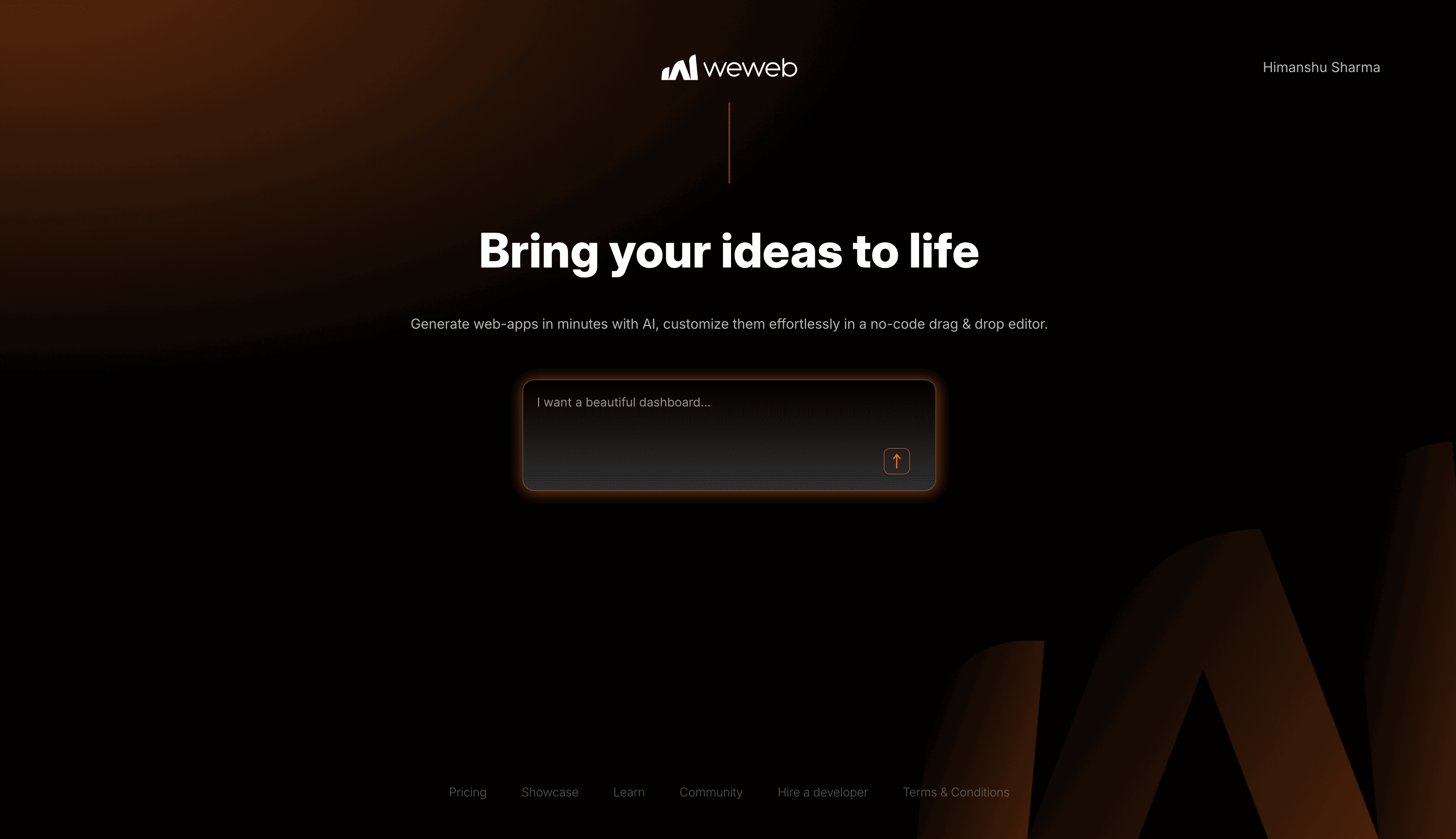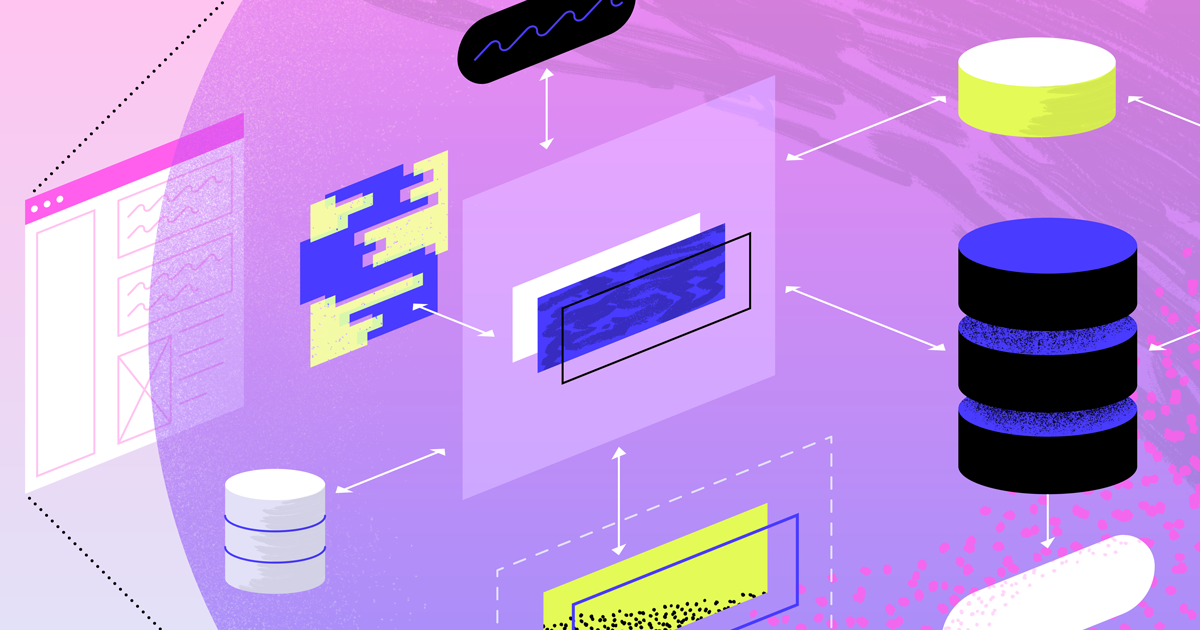Beyond Hourly Rates: Pricing a No-code Project

Have you ever had a brilliant idea for a product for your business? It's an exciting feeling until you start diving into the costs.
We've all been there. You find a no-code agency you like, only to discover they charge by the hour. Suddenly, you're worried. You're picturing your budget spiralling out of control with no end in sight, and it seems like you'll never be able to keep up with the costs.
The worry, the uncertainty—it's not fun. But what if we told you there's another way?
At NocodeAssistant, we do things differently. We work with a fixed pricing model. It means you'll know how much your project will cost from the start. No surprises, no spiralling costs.
We understand that you might think, "Sounds good, but aren't there drawbacks to fixed prices?" It's true. Nothing's perfect.
But by the end of this blog post, we're convinced you'll see why our approach is a no-brainer. We'll also show you how we work around any hiccups.
Hourly billing is a terrible way to make money because it rewards inefficiency.
- David Heinemeier Hansson, creator of Ruby on Rails
But before we explain how our pricing model works, we want to get something out of the way.
Location Doesn't Dictate Price
Many people think that if a no-code agency is in a country where things cost less, then their prices should be cheaper. But that's not really fair, is it?
Let's think about it. When you hire an agency, you're not just buying their time. You're buying their skills and their experience.
A craftsman uses affordable local materials but invests time, creativity, and a high level of skill to create furniture. The price of the furniture wouldn't be low just because the materials were cheap. It would reflect the creativity, effort, and craftsmanship that went into it.
It's the same with agencies. They may operate in a country with lower costs, but that doesn't lessen the value of their experience, solutions and knowledge.
Physical location matters less in many sectors, including software development. If agencies were to charge less simply because of their geographic location, they would undervalue their work.
Price should reflect value, not location.
And higher operating costs should not be the sole justification for agencies based out of US and EU.
So, the next time you're thinking about hiring an agency, remember this: price should reflect value, not location.
Understanding Fixed Pricing for No-code Products
At its most basic level, a fixed pricing model is a contractual agreement in which a specific price is set for a defined amount of work. This price remains the same regardless of the time or resources it takes for the provider to deliver the work.
- Hourly Billing: You pay for the number of hours a developer spends on your project.
- Fixed Pricing: You pay a pre-determined amount for the entire project, regardless of the time it takes.
A fixed pricing model is like a contract for building a new building. The cost is set, and you'll get a completed building.
For no-code products, fixed pricing offers consistency and predictability. It's fairer and more transparent for you, the client. You know precisely what you're getting and for how much right from the start.
But Hourly Billing is the Norm
The norm in many no-code agencies is hourly billing. You're probably familiar with it. But just because it's commonplace doesn't make it the best choice. It is absurd.
Hourly billing isn't really a pricing method but a billing method. It doesn't reflect the value or quality of work done. Worse, it encourages slower work for higher pay, leaving you, the client, uncertain about the final cost.
Also, comparing hourly rates across agencies can be misleading. Not all hours of work are equal—expertise matters.

Hourly Billing is Not for Us
As a no-code agency, we've often found ourselves in a problem. Should we bill ourselves by the hour, only to be viewed by our clients as just another set of hands? A resource to be managed and directed?
Our expertise goes far beyond just doing the tasks set out before us. We excel in the no-code landscape, offering unique insights and solutions to potential challenges.
In the past, when we followed an hourly billing model, it limited our potential. It put us in a box, often underappreciated and misunderstood. It didn't reflect the true value of our work, the expertise we brought to the table, or the outcomes we created.
That's why we chose to adopt a fixed pricing model. A decision that allows us to be treated as trusted partners rather than hired help.
Advantages of Fixed Pricing
There are some advantages of the fixed pricing model for no-code products.
- Budget Predictability: From the start, you'll know the cost of your product, which means you can plan your budget accordingly. It removes surprises and gives you greater control over your expenses.
- Aligned Incentives: The no-code agency is incentivised to deliver quickly as they're paid for the outcome, not the hours they spend. Suppose they can provide the agreed-upon work more quickly or with fewer resources than expected. In that case, they have the opportunity to increase their profit margin.
- Reduced Administrative Overhead: When you're not tracking hours, you can significantly reduce administrative tasks such as invoice reviewing and disputes over billable hours. It saves time and reduces potential friction points in your relationship with the agency.
- Clear Expectations: Much like you know exactly what you're getting with your meal, a fixed pricing model lets you know upfront what the final product will look like.
- Saves Time: A fixed pricing model can save time in negotiations as you define the scope and the cost from the start.
Common Concerns of Fixed Pricing
Fixed pricing sounds great, right? But just like everything else, it could be better. There are a few challenges that might worry you. We won't hide these from you.
- Estimation Difficulties: Determining a fixed price requires accurately estimating the product's required work. If the scope isn't fully understood or changes along the way, this can result in losses for the agency.
- Limited Flexibility: Fixed pricing models could be more flexible. Suppose you want to add new features or change the project's scope halfway through. In that case, it can be challenging to accommodate these changes without renegotiating the price, which can cause tension.
- Overcharging or Undercharging: If the estimate is wrong, the agency or the client might feel like they got a bad deal. The agency could work longer than expected for the same price, or the client could pay more for a quicker project than anticipated.
How We Make Fixed Pricing Work
Looking at the challenges above, you might wonder how we can claim it is better than the hourly billing model.
We tweaked it to make fixed pricing work for you and us.
Estimating the Scope Correctly
We primarily take on two types of projects
- First version of a product for a startup
- Internal tools for established businesses.
We don't work on projects which involve recreating an existing complex product with Bubble and WeWeb.

It is easy to scope the first version of a product. The Lean Methodology and MVP approach is popular, and many startups looking to build their product opt to build an MVP with a laser-sharp focus. They don't want a lot of bells and whistles.
It means there is little scope creep. To be clear, I said little, not zero scope creep.
On the other hand, businesses looking for an internal platform understand their processes and how the new product show work. It makes it easy to define the scope and user stories.
Flexibility with Scope
Instead of one single price for the project, we break the project into sprints.
Each sprint has a separate price, creating a series of 'fixed prices' rather than one for the entire project.
It is known as agile development.

Here are some other approaches we've found to be helpful.
- Phase-based Pricing: Similar to the sprint-based approach, you could break the project into phases and price each separately. It allows you to adjust the price as the project progresses, and you better understand the requirements.
- Hybrid Model: This model combines fixed pricing for some aspects of the project and hourly rates for others. For example, you can specify a price for the core features and bill hourly for additional features or updates.
- Retainer Agreement: In this model, you pay a set amount regularly (monthly) and get a certain amount of work during that period. It allows for some flexibility in the work done but provides predictability in cost.
Overcharging for Quick Work
If we complete a phase/sprint faster than anticipated, we offer a discount on future sprints. While this only sometimes occurs as we break down the projects into small and predictable sprints, sometimes luck is on our side, and we can finish the sprint faster.
What If the Project Takes Longer than Expected?
If the project takes longer than expected, the scoping or the estimations need to be corrected. And in such cases, the no-code agency bears the risk.
We've found it useful to have a 15% buffer for all our estimations. No matter how hard you try, things will change. Your scoping will never be 100% accurate, even if you spend months creating a detailed project scope.
Having this buffer allows us to accommodate changes and revisions that may arise without compromising the project's overall goals.
How Do You Handle Scope Changes?
If we're in the middle of sprint 2 and certain revisions are required, we add them to the backlog. At the beginning of sprint 3, we decide on the deliverables and add the backlog of the previous sprint.
It allows us to stay flexible even with a fixed pricing model.
Do you Offer Multiple Options?
We always offer more than one project options. Each option has different services bundled together which means you can choose the options which makes most sense for you.
Final thoughts
A fixed pricing model is a fair and transparent way to price a no-code project. It benefits both the client and the agency by providing predictability, efficiency, and alignment of goals. By choosing a fixed pricing model, you can be confident that you are receiving a high-quality product at a fair price, and we can focus on delivering the best possible outcome for you.
Want software that moves the needle?
We’ve helped ops teams, marketing leads, and SaaS founders build software that scales.





